50+ Sample Amendment Contracts
-
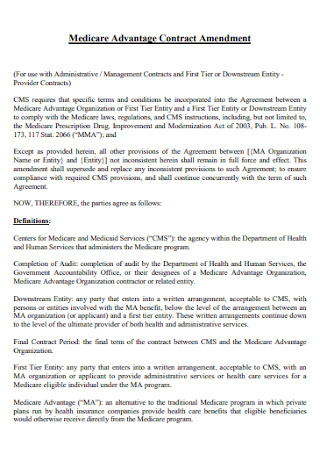
Medicare Advantage Contract Amendment
download now -
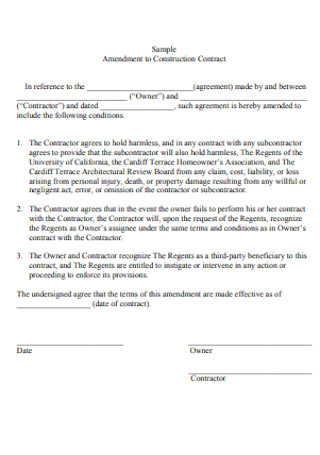
Amendment to Construction Contract
download now -
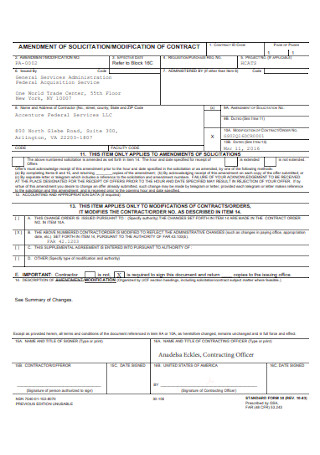
Amendment Modification of Contract
download now -

Electronic Amendment of a Contract
download now -

Sample Amendment of Contract
download now -
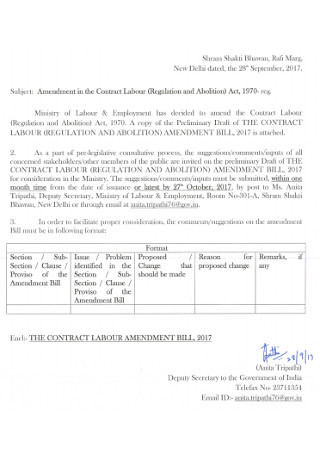
Amendment Contract of Labor
download now -
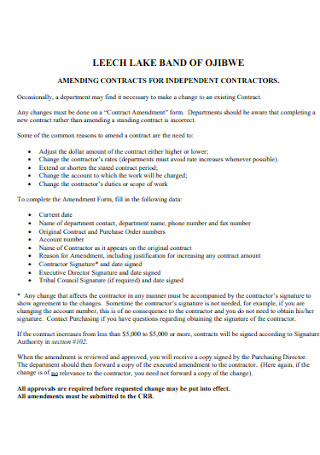
Amendment Contract for in depended Contractors
download now -
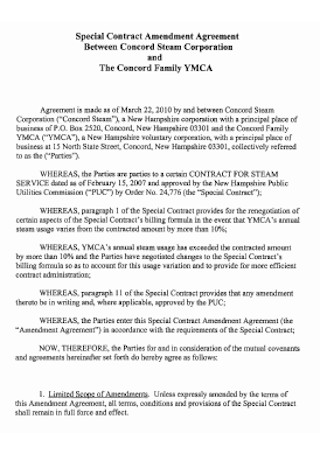
Special Contract Amendment
download now -
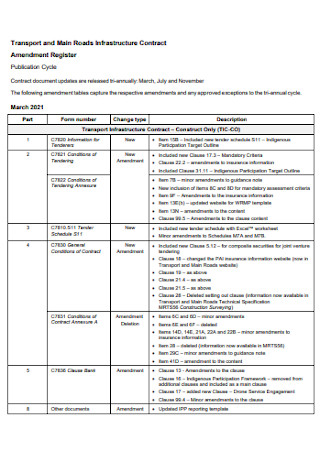
Main Roads Infrastructure Amendment Contract
download now -
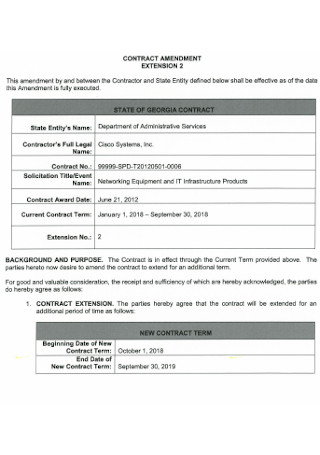
Simple Amendment Contract
download now -

Academic Contract Amendment
download now -
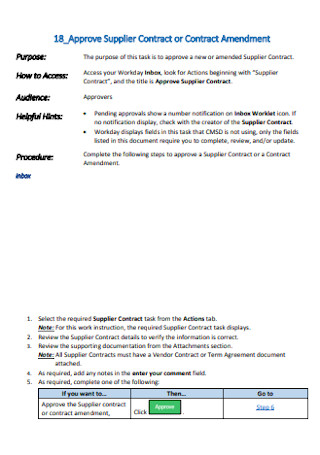
Supplier Contract or Contract Amendment
download now -
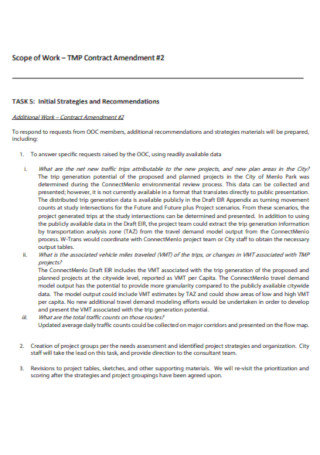
Scope of Work Contract Amendment
download now -
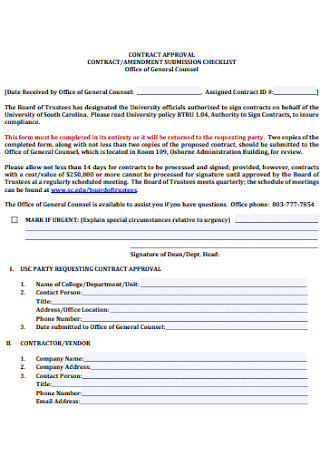
Amendment Contract Checklist
download now -
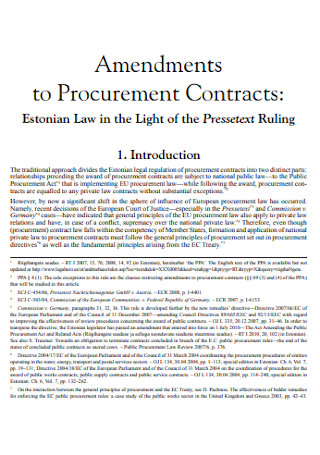
Amendments to Procurement Contracts
download now -

Contract Amendment Format
download now -
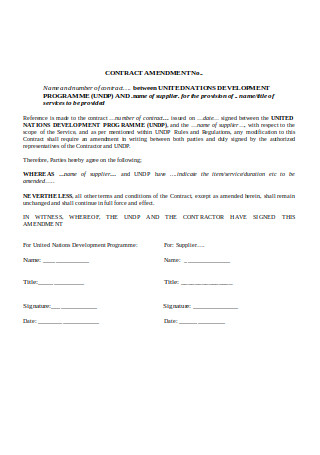
Basic Amendment Contract
download now -
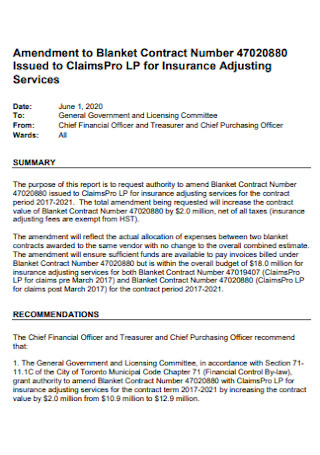
Amendment to Blanket Contract
download now -
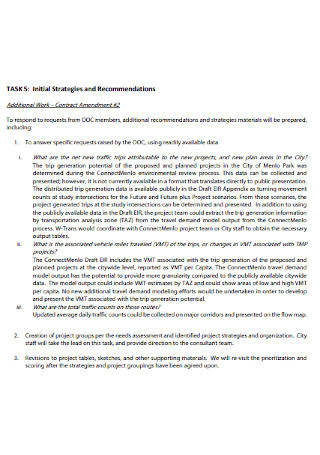
Work Amendment Contract
download now -
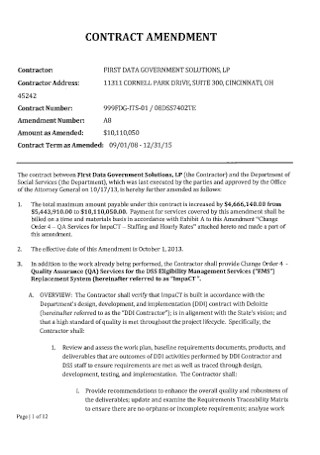
Standard Amendment Contract
download now -
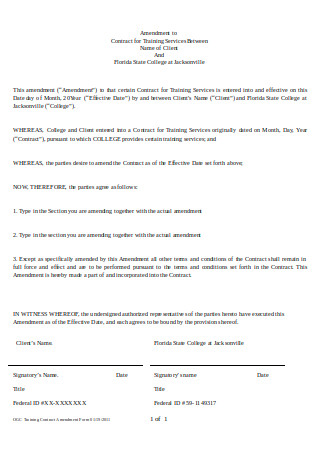
Training Contract Amendment
download now -
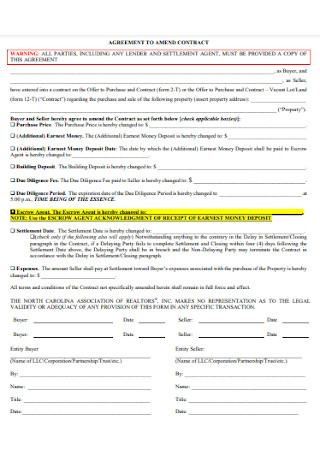
Amendment to Amend Contract
download now -
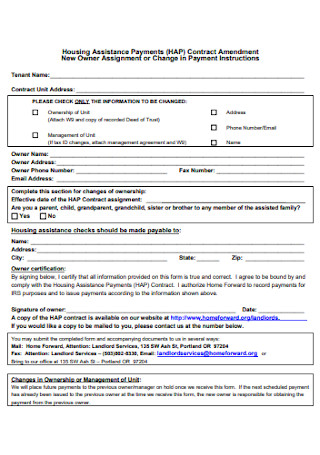
Housing Amendment Contract
download now -

Simple Contract Amendment
download now -
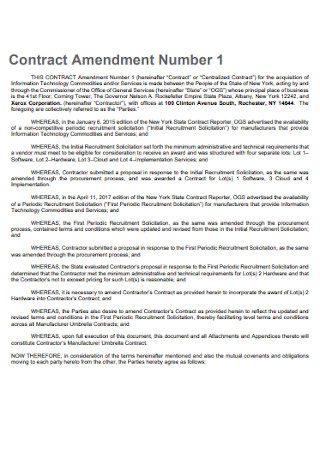
Contract Amendment Number Template
download now -
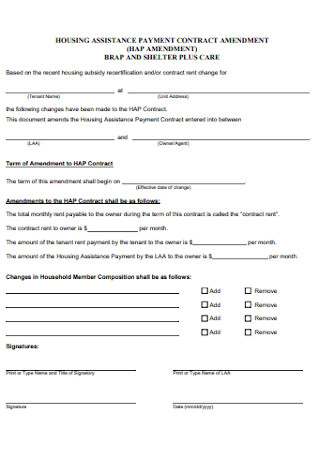
Housing Payment Contract Amendment
download now -
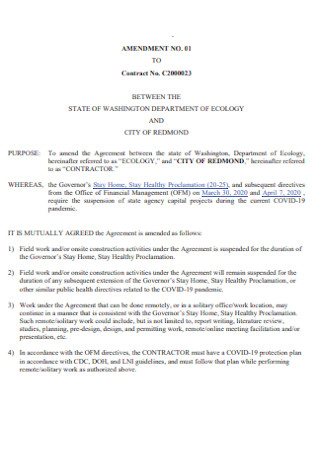
Contract Amendment Format
download now -
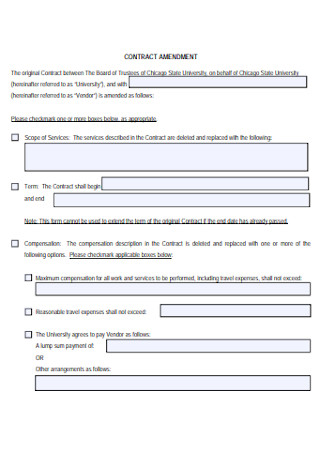
University Contract Amendment
download now -
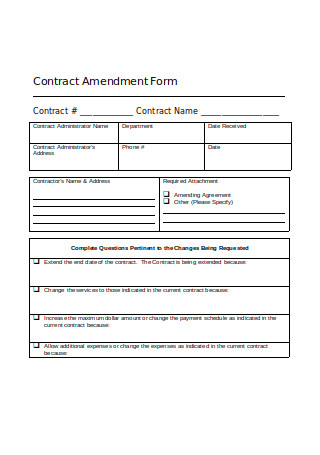
Sample Amendment Contract Form
download now -
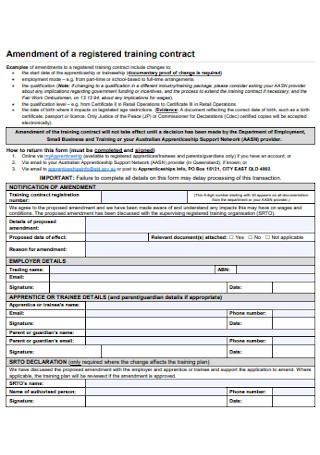
Amendment of a Registered Training Contract
download now -
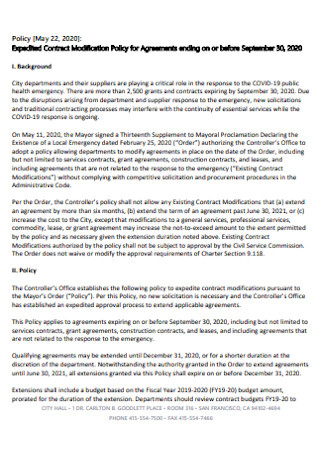
Contract Modification Policy for Agreements
download now -
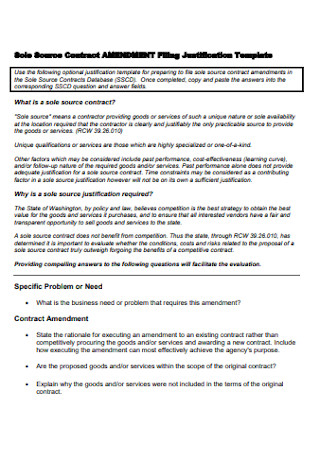
Sole Source Contract Amendment
download now -
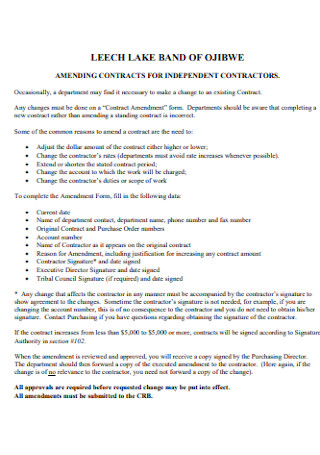
Amendment Contract for Independent
download now -
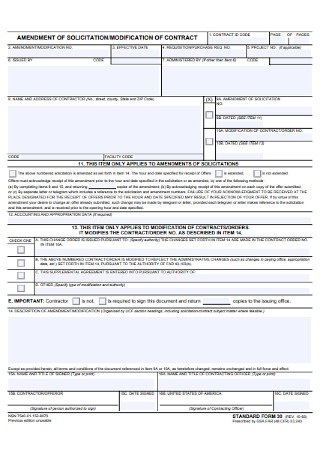
Amendment of Solicitation of Contract
download now -
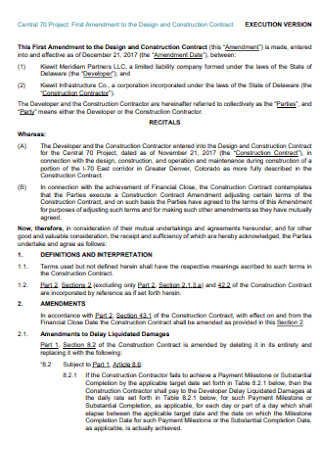
Amendment to the Design and Construction Contract
download now -
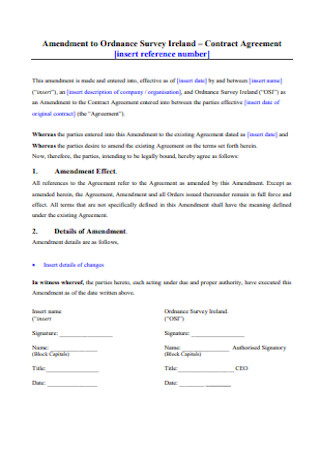
Amendment to Ordnance Survey Contract
download now -
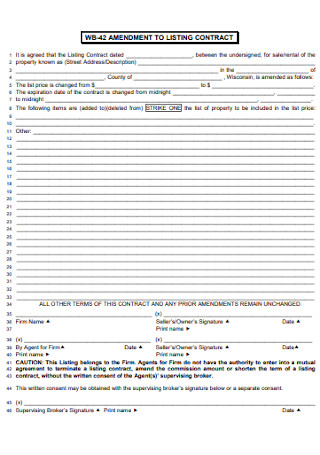
Amendment to Listing Contract
download now -
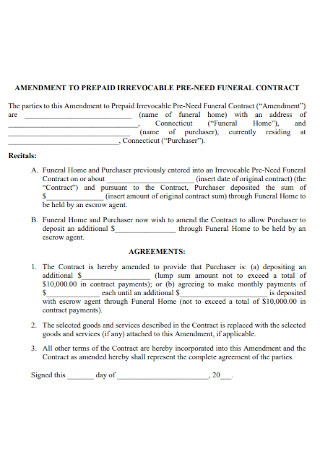
Amendment to Repaid Contract
download now -
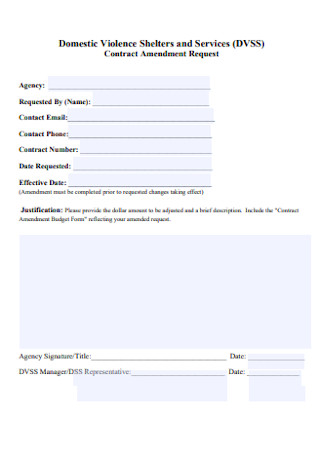
Violence Shelters Contract Amendment
download now -
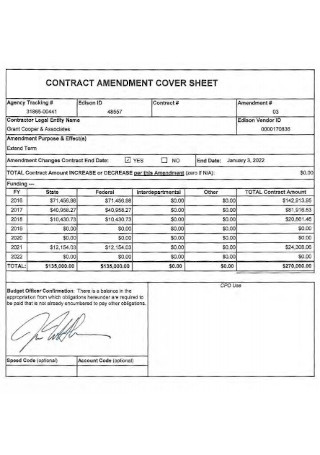
Contract Amendment Cover Sheet
download now -
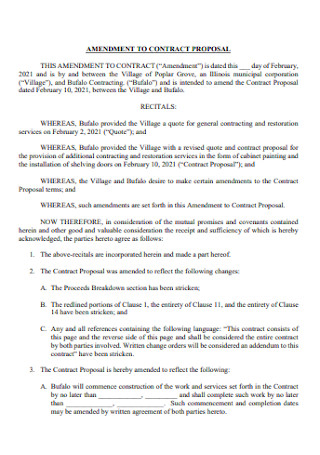
Amendment to Contract Proposal
download now -
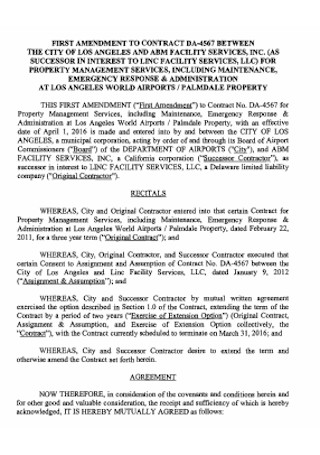
First Amendment Contract
download now -
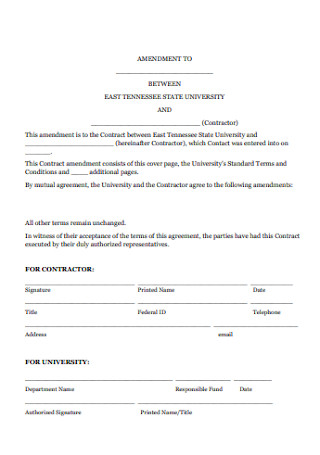
University Amendment Contract
download now -
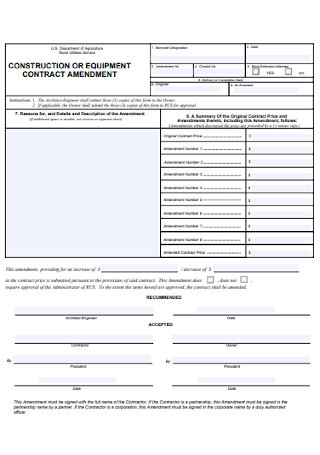
Construction Equipment Amendment of Contract
download now -

Contract Renewal Amendment
download now -
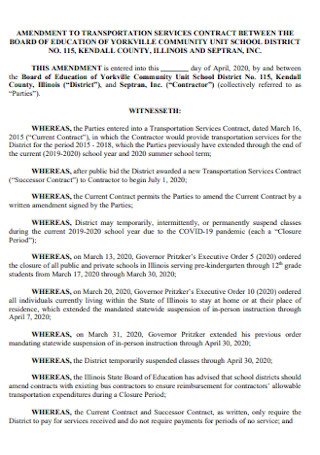
Amendment to Transportation Service Contract
download now -

Health Amendment Contract
download now -
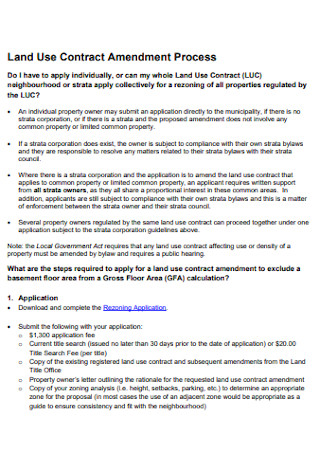
Land Use Contract Amendment
download now -
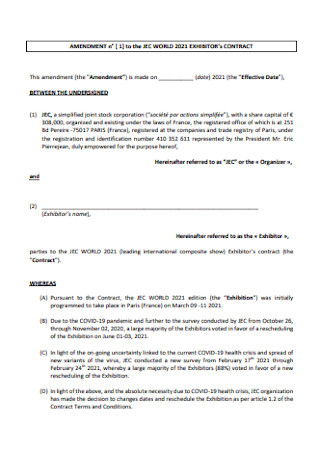
Formal Amendment Contract
download now -
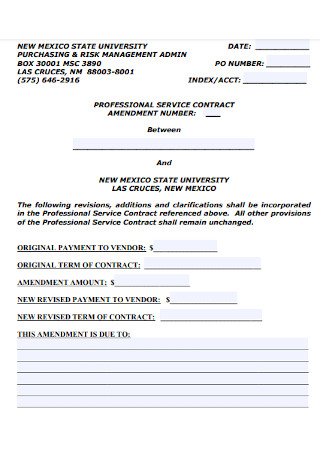
Professional Service Contract Amendment
download now
FREE Amendment Contract s to Download
50+ Sample Amendment Contracts
What are Amendment Contracts?
Ways to Make an Amendment Contract
How to Create Amendment Contracts
How to Amend a Contract
Common Types of Amendment Contracts
Best Practices for Contract Amendments
FAQs
What are the differences between an amendment, an addendum, and an appendix?
When can contracts be amended?
Is it necessary to put amendments in writing?
Why should a contract be amended?
What are Amendment Contracts?
An amendment contract allows one or both signatories of a contract to make changes, remove clauses, or add conditions to an already existing contract. In other words, following the contract amendment definition, allows the parties to make mutually agreed upon changes while the original contract remains in place, but only with some terms altered through amendment.
Keep in mind that an amendment contract is only possible when the contract has already been signed and notarized by both parties. Any changes made during the negotiation process are not considered amendments since there is no existing contract yet. It simply means negotiating the original terms.
A contract can be amended any time one of the parties wants to make changes to the terms, conditions, clauses, and definitions in the existing contract. These changes should be discussed by both parties and should also be agreed upon.
One party must write up these changes and both have to sign them. Another possible scenario is to send an amendment contract with a letter that explains why certain alterations or changes have to be made in the contract and the other party can decide whether to agree to it or propose changes of their own accord.
Contract amendments are also useful in cases where you and the other party have ended up handling matters differently than the contract requires. You can no longer do so, it’s a good idea to update the contract to reflect that change in practice.
Ways to Make an Amendment Contract
When changes in the existing contract have been approved by both parties, it’s now time to make it official. There are several ways to amend a contract:
How to Create Amendment Contracts
Once all parties involved agree to the changes in the current contract, an amendment to contracts doesn’t have to be as formal as the existing contract. It can take on many forms—a letter, using a template, or even following the layout of the original contract. It does not have a specific requirement that the modifications made should follow a standard format. However, for significant changes, you may follow these simple steps below:
Step 1: Review Existing Contract for Amendment Clauses
Typically, contracts contain clauses that state how the contract should be amended. It should describe the ways in how the signatories can modify the existing agreement and under what terms it should be allowed to change. Many contracts require that any amendments (e.g. amendment to the rental template or in a lease amendment to add tenant), be made in writing, agreed upon, and signed by both parties.
Step 2: Create a New Document
The goal of an amendment contract, regardless if it’s for a residential lease extension amendment or an amendment to purchase agreement, is not to replace the original contract, but to outline any changes, alterations, and modifications made to it. Creating a new document will allow you to define all the changes made to amend agreements in the original document. These changes can be about:
- Sections that need to be modified from the original agreement
- Portions to be struck out or completely removed
- Update definition of terms to reflect new practices and responsibilities
- Additional clauses in the existing contract
Step 3: Title and Date of the Document
The current date of the amendment contract, the title of the document, and the date of the original agreement should reflect in the new document. It’s important to add these details to avoid confusion and for easy tracking should there be any misunderstanding and miscommunications.
Step 4: Specify all Modifications Made
Any changes, alterations, and modifications of the original contract should be described in the new amendment document that was just created. Make sure that the final document is specific and concise and will only pertain to the sections being amended.
Step 5: State the Reference Sections for Replacement and Disclaimer
In your amendment contract, do not forget to summarize the changes by stating the referenced sections, clauses, conditions, and definitions in the new contract. This will help make the document easily enforceable and carried out by both parties in the agreement. It should also be stated that only the following changes, modifications, and alterations are accepted and the original one remains, otherwise specified.
Step 6: Sign on the Agreed Changes
After both parties have agreed to the changes in the amendment contract, they should sign the document to make it official. If any more changes will happen after signing, new amendment contracts should be created. This will guarantee the legal validity of the amendment contracts.
How to Amend a Contract
When modifying existing contracts, it does not have to be formal. But it can be done in several ways. For minor changes, handwritten changes in the contract are acceptable as long as all parties involved and signatories agree to it and make their initials and the date next to the alterations in the contract. However, significant changes in the original business contract should be done in three general ways:
- Using strikethroughs and redlines to reflect the deletion of certain statements or facts is the most informal way of amending a contract. This provides a visual representation of the changes in the contract with underlined and deleted texts crossed out to show items that are no longer apply.
- Replacing the entire clause when the old one does not anymore hold in the current practice. It can simply be stated that the entire clause is removed and scrapped from the original contract and will no longer be executed. If you use this method, then a new clause should be provided. Creating a new section for the amendments is usually the easiest way to clearly modify contracts and avoid misinterpretations and misunderstandings between the two parties.
- Describing the amendments made in the original contract in a paragraph format. This approach is often shorter but needs all parties to check against the existing document. You can spell out exactly how each section, clause, and definition should be revised, deleted, or added. You also have to ensure that you note at the beginning of the document which parts are being altered and state their date of effectivity.
Each one of these types of amending the contract will usually be valid under the law as long as all parties involved are in agreement with these changes. Remember that these changes are only acceptable if both signatories of the contract make initial and include the date of these amendments.
Common Types of Amendment Contracts
Although most contracts have an amendment clause that states the conditions in which a contract can be amended, there are many instances where it can also be changed even when not specified in the said clause. Some of the most common situations where you might need to amend a contract include:
Terms. This could refer to extension or shorten the length of the contract, thus clearly extending or cutting short the validity of the terms of service in the contract.
Fees. It is typical for prices to go up or down. But in some cases, when the changes in prices are fluctuating heavily, it may also require changes in the contract to reflect these fluctuations and justify an increase or decrease in fees.
Liabilities. Often, these changes are made because of unforeseen circumstances or unprecedented events that both parties experience and made them unable to honor their responsibilities.
Time periods. Most of the time, this refers to delivery or shipment times. It can either be to extend or shorten the time period based on the experience of both parties to execute the action.
Best Practices for Contract Amendments
It’s a no-brainer that when amending a contract, it should be clearly defined in the document which sections are to be modified, which portions are to be struck, which definitions are to be updated, and which clauses are to be added to the original contract. But no matter how diligent you are in making these changes, it doesn’t hurt to follow these tips when creating a contract amendment to make sure that it’s complete and everything is clear:
- All changes in the original agreement should always be put in writing through an amendment contract and make sure both parties sign and date it.
- The title of the original contract must always be referenced, if applicable; its original signatories and original signing date should also be stated so that it’s clear to what document you are amending and avoid any arbitration
- Attach the new document to the original contract to reflect and execute all changes. Make sure that it is signed and dated by all parties to make it executory.
- Avoid making multiple amendments especially when you’re amending previous amendments in the document. When cases like these arise, a new contract should be drafted instead so that all terms, sections, clauses, and definitions are clear and to revoke the validity of the original contract.
- Instead of just describing how you are changing a section or a paragraph in the original contract, make sure to restate the entire section instead. By doing so, it makes it clear as to what the governing language in the document is.
FAQs
What are the differences between an amendment, an addendum, and an appendix?
Although they may all seem similar to each other, there are key differences among them. An amendment changes the terms, sections, clauses, and definitions in the original contract; an Addendum keeps all original contract conditions in place and just adds new ones. The appendix usually appears at the end of a contract—they don’t affect the existing contract in any way and it only provides extra information or explains certain words.
When can contracts be amended?
Most contracts have an amendment clause where it specifies how and under what conditions and situations they should and can be amended. Typically, only signed contracts can be amended through the different methods described earlier. Any changes to an unsigned contract are not considered amendments, rather the process is called negotiating the terms.
Is it necessary to put amendments in writing?
Yes. It’s always a smart idea to put everything in writing especially when it concerns business and legal transactions. In a court of law, written agreements and documents often bear more weight than oral agreements.
Why should a contract be amended?
There are many reasons why contracts are amended. It can be because a provision was forgotten to include in the original contract, conditions have changed in the course of the contract, or because of unprecedented and unforeseen situations.
When a signed contract or agreement changes, putting it in writing is always a good idea. An amendment contract can help you make adjustments to your original contract’s certain sections, terms, clauses, and definitions without revoking the entire provision of the document. Just make sure that you include all the necessary information such as the name of the original being amended, the changes that are being made and to which sections, and the effective date of the amendment. It’s a time-saving process because you don’t need to start from scratch and keeps things from getting confusing when potential questions arise. If you are looking for amendment contract’s that you are printable and editable, download our free templates.
